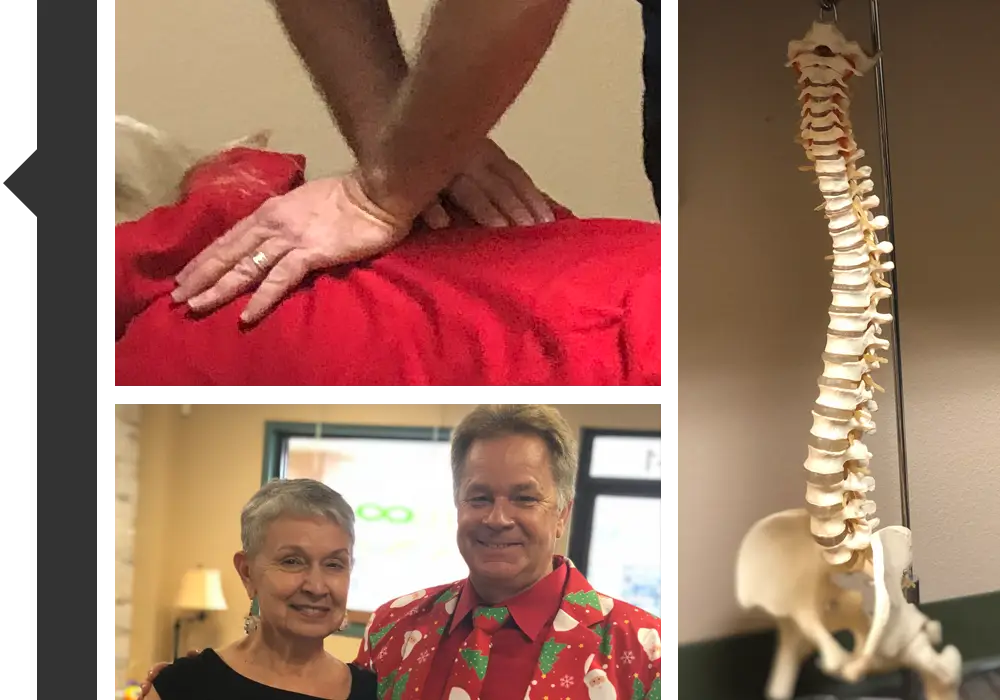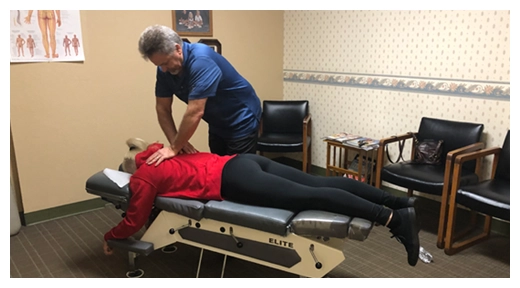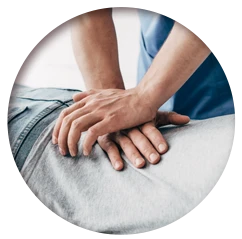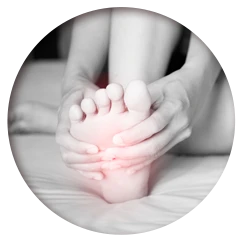
TOP CHIROPRACTOR
IN SAN ANTONIO, TX
Welcome to Moore Chiropractic, where our mission is to enhance your body's mobility and restore it to its peak performance. Schedule an appointment with us to experience the relief you've been seeking through personalized chiropractic care in San Antonio. If you're new to chiropractic treatment, we invite you to take advantage of our complimentary evaluation and consultation. Serving patients in San Antonio and beyond, we are dedicated to helping you regain and maintain your health for the long term.
Moore Chiropractic, your trusted San Antonio, TX chiropractor, is committed to understanding each patient's unique needs to deliver top-notch, personalized care. We prioritize your comfort and employ gentle techniques in our treatments. With expertise in both traditional and advanced chiropractic methods, we ensure comprehensive treatment options.
Moore Chiropractic
Our Goal is to restore your body to full mobility and its optimal form and function. In order to achieve your desired relief, make an appointment with Moore Chiropractic, to receive the chiropractic care you need. Moore Chiropractic would love to offer a complimentary evaluation and consultation on chiropractic care if you are unfamiliar with this type of treatment. We are completely committed to our many patients in the San Antonio area, as well as to those who travel to us from other cities. We love helping them not only get healthy, but stay healthy.

- Migraines + Headaches
- Muscles
- Neck Pain + Whiplash
- Neuropathy
- Osteoarthritis
- Pediatric Health
- Pinched Nerves
- Plantar Fasciitis + Foot Pain
- Posture
- Pregnant Mothers
- Range of Motion
- Red Light Therapy + Laser +LED Light Therapy
- Reduce Inflammation
- Reduce Scar Tissue
- Sciatica
- Scoliosis
- Sprains
- Shoulder Pain
- Spinal Adjustments and Pain
- Tendonitis
- Tingling + Numbness
- TMJ
- Vertigo
- Weight Loss
- Wellness Care
- Wound Management









